Preparing for the PN Cadet Initial Test is a big challenge for those who want to join the Pakistan Navy as officers. For focused and effective study, it is important to follow the PN Cadet Test syllabus. The PN Cadet Test is not as easy as it seems. It is a tough and challenging test that only well-prepared and intelligent students can pass.
The first thing you should do before starting your preparation for the PN Cadet Test is to check the syllabus. This helps you focus on the relevant topics and subjects. Studying unrelated topics will only waste your time and energy. You should prepare only the topics that will be included in the PN Cadet Test, which is why following the PN Cadet Test syllabus is so important.
PN Cadet Test
Table of Contents
Candidates applying to the Pakistan Navy for the PN Cadet position must go through a selection process. After registering for the PN Cadet Course, they must take a computer-based test, known as the PN Cadet Test. This test is conducted at the Navy Selection Center on a specific date and time assigned to each candidate.
Passing this test is essential to move forward in the selection process. If a candidate fails, He cannot proceed further and will be rejected based on the test result.
PN Cadet Test Syllabus
The PN Cadet is a position for candidates with an intermediate qualification (FSC or equivalent). The test is designed to match the difficulty level of an intermediate student. The test is divided into the following sections:
| Portion | Test Part | MCQs# | Time |
|---|---|---|---|
| 1 | Verbal Intelligence Test | 25-50 MCQs | 25-30 Minutes |
| 2 | Non-Verbal Intelligence Test | 50-75 MCQs | 30-35 Minutes |
| 3 | Academic Test Portion | 50 MCQs | 30 Minutes |
Note: All three sections are part of the same test, and it is important to score at least 33% in each section to pass. So if a candidate fails the Verbal Intelligence Test, they will not move on to the next sections.
| Verbal Intelligence Test | Non -Verbal Intellligence Test | Academic Test | Final Result |
|---|---|---|---|
| Score < 33% (less than 33%) | Not Allowed | Not Allowed | Fail |
| Pass | Score < 33% (less than 33%) | Not Allowed | Fail |
| Pass | Pass | Score < 33% (less than 33%) | Fail |
| Pass | Pass | Pass | Pass |
Related: PMA Test
1. PN Cadet Verbal Intelligence Test Portion
The Verbal Intelligence Test in the PN Cadet Test includes various questions to assess a candidate’s reasoning and problem-solving skills. Common types of verbal tests are:
Types of Verbal Tests in PN Cadet Test (Pakistan Navy)
| # | Type | Description |
|---|---|---|
| 1 | Analogies | Finding relationships between words or concepts (e.g., Bird is to Fly as Fish is to Swim). |
| 2 | Sentence Completion | Filling in the blanks to complete sentences logically and grammatically. |
| 3 | Odd One Out | Identifying the word or item that does not belong in a group. |
| 4 | Synonyms and Antonyms | Selecting words with the same or opposite meanings. |
| 5 | Word Relationships | Understanding the connection between words in a pair (e.g., Doctor is to Patient as Teacher is to Student). |
| 6 | Coding-Decoding | Interpreting patterns in letters or numbers to solve problems. |
| 7 | Series Completion | Completing a logical sequence of words or numbers |
| 8 | Logical Reasoning | Solving problems based on statements or situations. |
Related: AMC Test
This section requires quick thinking and accuracy, as time is limited.
Example Quiz
2, 5, 8, 11, 14, ___
Reasoning: The series follows a pattern of adding 3 to the previous number to obtain the next number. Starting with 2, we add 3 repeatedly to get the subsequent terms: 2 + 3 = 5, 5 + 3 = 8, 8 + 3 = 11, and so on. Therefore, the missing number is 17.
1, 4, 9, 16, 25, ___
Reasoning: The series represents the sequence of perfect squares. The first term is 1, which is the square of 1. The second term is 4, which is the square of 2. The third term is 9, which is the square of 3, and so on. Hence, the next term is 36, which is the square of 6.
3, 6, 12, 24, 48, __
Reasoning: In this series, each term is obtained by multiplying the previous term by 2. Starting with 3, we multiply by 2 repeatedly to get the subsequent terms: 3 * 2 = 6, 6 * 2 = 12, 12 * 2 = 24, and so on. Therefore, the missing term is 96.
1, 3, 6, 10, 15, ___
Reasoning: This series follows the pattern of adding consecutive positive integers. The first term is 1, the second term is obtained by adding 1 to the first term (1 + 1 = 2), the third term is obtained by adding 2 to the second term (2 + 2 = 4), and so on. Therefore, the missing term is obtained by adding 5 to the previous term: 15 + 5 = 21.
0, 1, 1, 2, 3, 5, ___
Reasoning: This series is known as the Fibonacci sequence. Each term is obtained by adding the two previous terms. Starting with 0 and 1, we add them to get the third term (0 + 1 = 1), add the second and third terms to get the fourth term (1 + 1 = 2), and so on. Therefore, the missing term is obtained by adding the two previous terms: 3 + 5 = 8.
2, 4, 8, 16, 32, ___
Reasoning: Each term in the series is obtained by multiplying the previous term by 2. Starting with 2, we multiply by 2 repeatedly to get the subsequent terms: 2 * 2 = 4, 4 * 2 = 8, 8 * 2 = 16, and so on. Therefore, the missing term is 64.
7, 14, 28, 56, 112, ___
Reasoning: In this series, each term is obtained by multiplying the previous term by 2. Starting with 7, we multiply by 2 repeatedly to get the subsequent terms: 7 * 2 = 14, 14 * 2 = 28, 28 * 2 = 56, and so on. Hence, the missing term is 224.
10, 7, 4, 1, -2, __
Reasoning: The series follows a pattern of subtracting 3 from the previous number to obtain the next number. Starting with 10, we subtract 3 repeatedly to get the subsequent terms: 10 - 3 = 7, 7 - 3 = 4, 4 - 3 = 1, and so on. Therefore, the missing number is -5.
12, 9, 6, 3, 0, ___
Reasoning: Each term in the series is obtained by subtracting 3 from the previous term. Starting with 12, we subtract 3 repeatedly to get the subsequent terms: 12 - 3 = 9, 9 - 3 = 6, 6 - 3 = 3, and so on. Hence, the missing term is -3.
1, 4, 9, 16, 25, 36, ___
Reasoning: The series represents the sequence of perfect squares. Each term is obtained by squaring the consecutive positive integers. The first term is 1, which is the square of 1. The second term is 4, which is the square of 2. The third term is 9, which is the square of 3, and so on. Therefore, the missing term is 49, which is the square of 7.
Share your Results:
2. PN Cadet Non-Verbal Intelligence Test Portion
The Non-Verbal Intelligence Test assesses a candidate’s ability to interpret and solve problems using visual reasoning. Common types of non-verbal test questions include.
Types of Non-Verbal Tests in PN Cadet Test (Pakistan Navy)
| # | Type | Discription |
|---|---|---|
| 1 | Picture Series Completion | Identifying the next image in a sequence based on a logical pattern. |
| 2 | Odd One Out | Choosing the image that does not fit within a group of related images. |
| 3 | Mirror and Water Images | Finding the correct mirror image or water reflection of a given figure. |
| 4 | Figure Matrices | Completing a matrix by identifying the relationship between figures in rows or columns. |
| 5 | Figure Analogies | Determining the relationship between pairs of figures and selecting the figure that completes the analogy. |
| 6 | Paper Folding and Cutting | Predicting how a piece of paper will look after being folded or cut in a specific way. |
| 7 | Embedded Figures | Identifying a simple shape or figure hidden within a complex design. |
| 8 | Shape Construction | Figuring out how pieces or parts fit together to form a complete shape. |
Related: PAF GDP Test
This section evaluates a candidate’s ability to think logically and solve visual puzzles under time pressure.
Example Quiz:
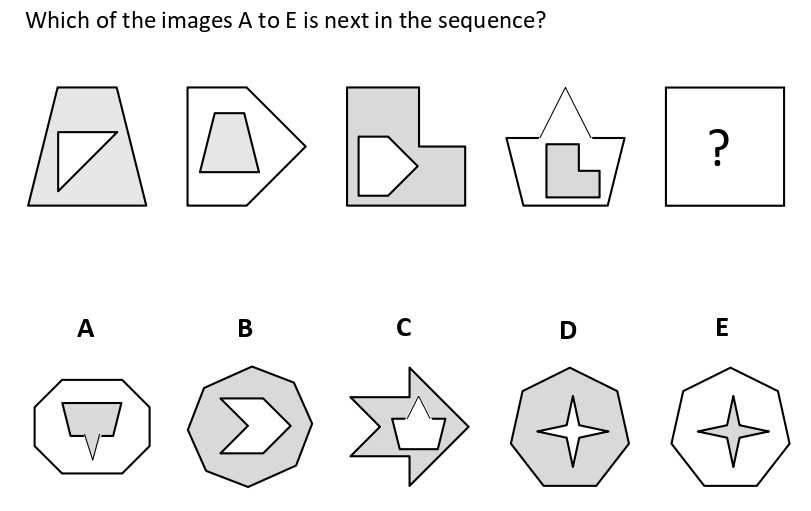
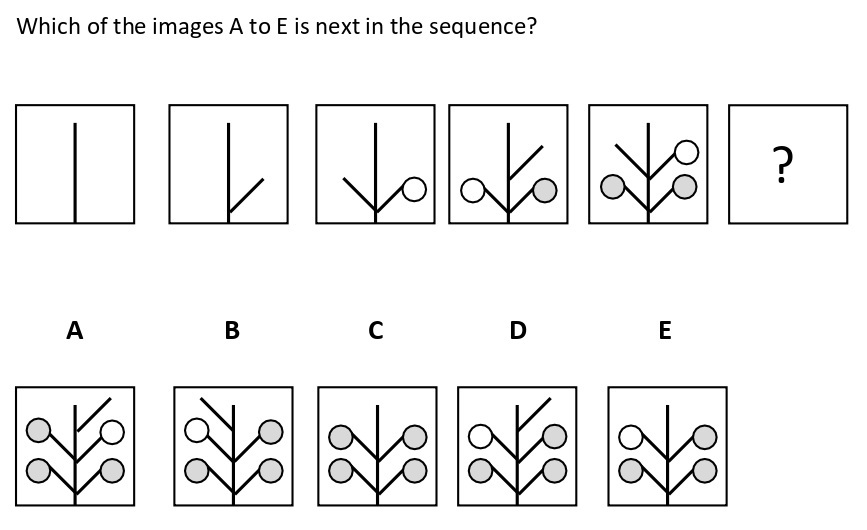
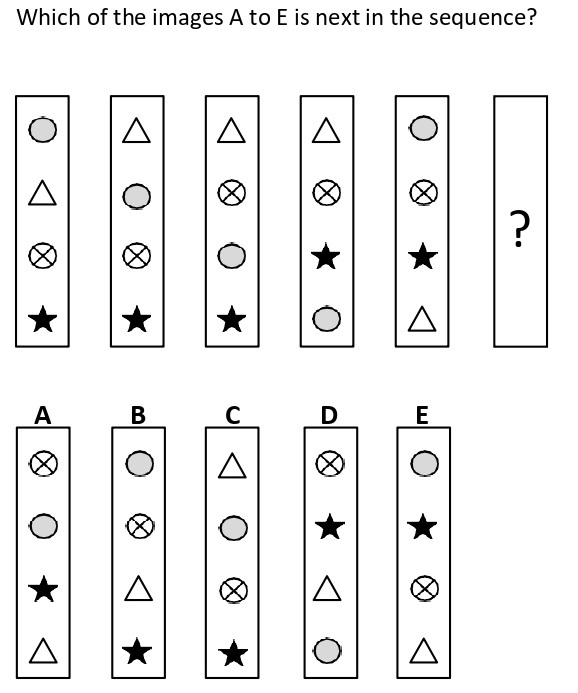
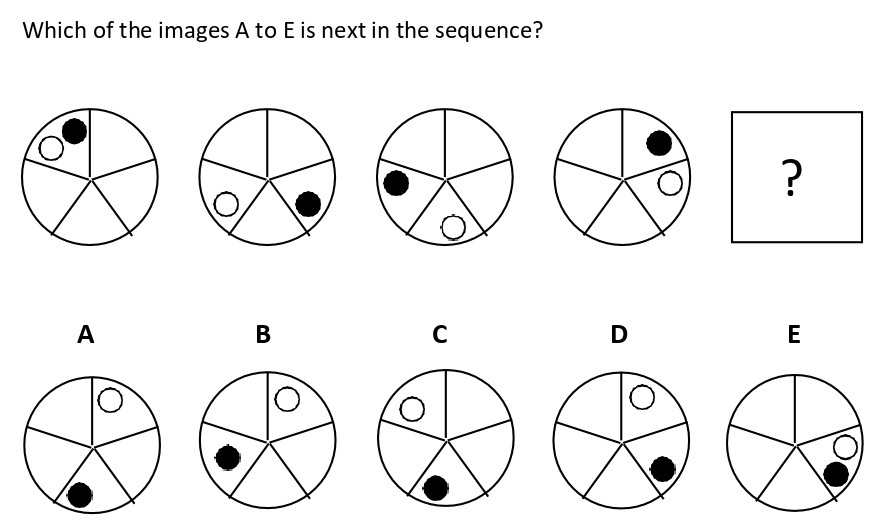
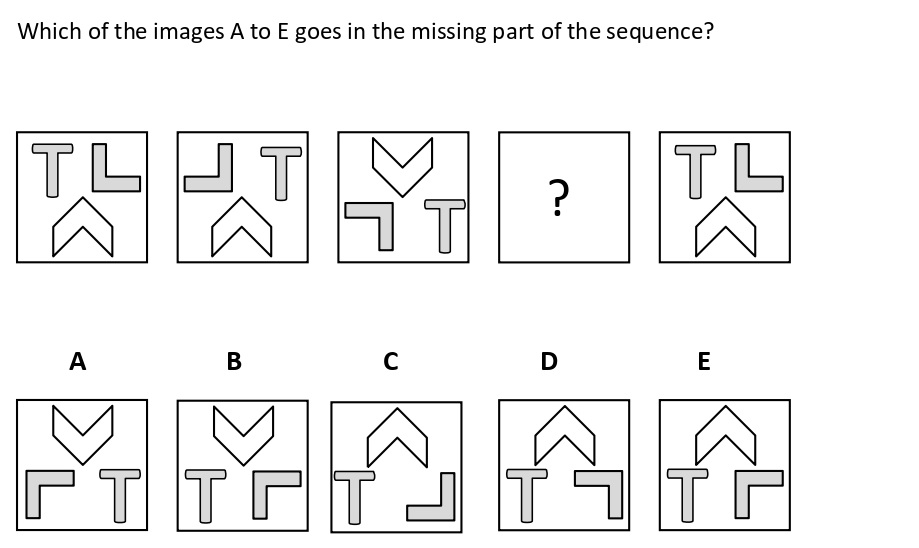
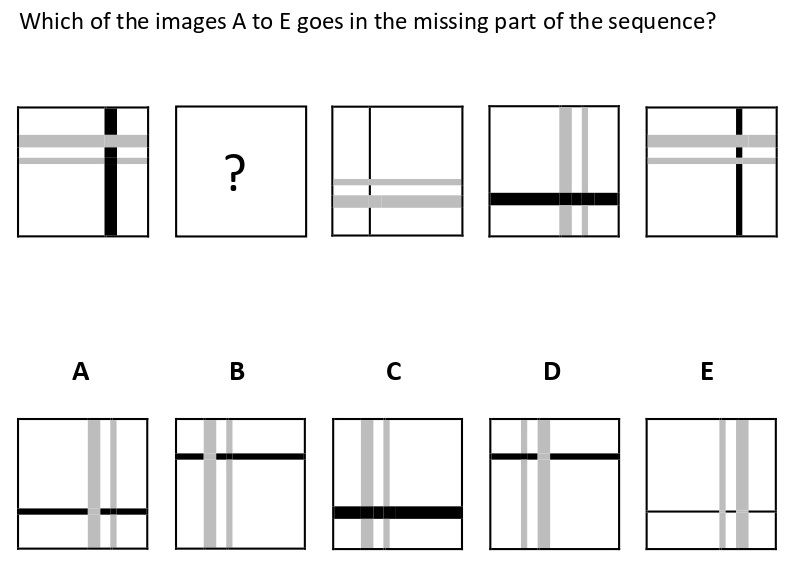
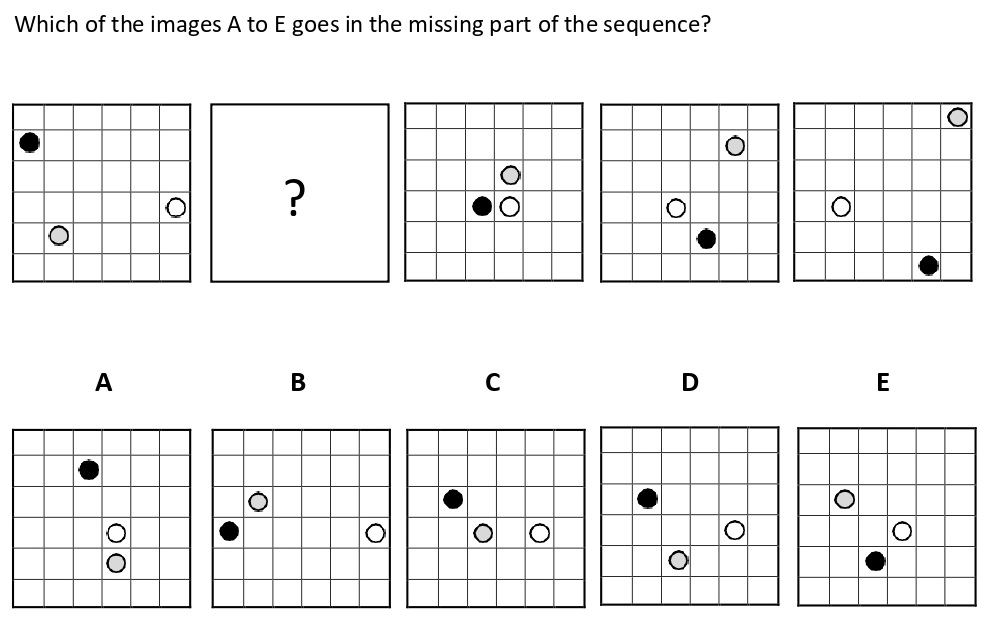
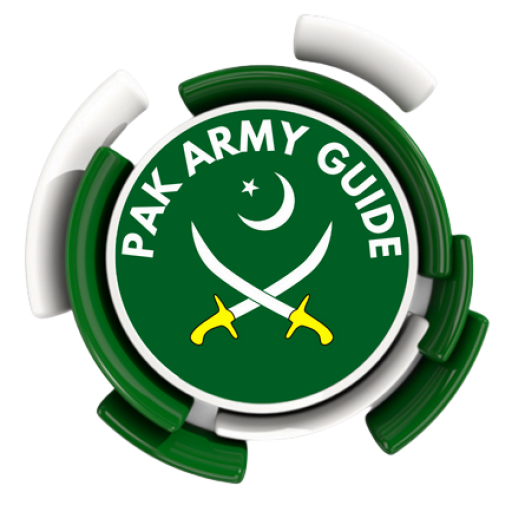
Share your Results:
3. PN Cadet Academic Test Portion
The academic test, based on the intermediate-level syllabus, evaluates a candidate’s knowledge of key subjects. It is divided into the following subjects.
Types of Academic Tests in PN Cadet Test (Pakistan Navy)
| Mathematics | Physics | English | General Knowledge |
|---|---|---|---|
| Algebra | Mechanics (laws of motion, forces, energy, and power) | Grammar (tenses, sentence structure, and parts of speech) | Current Affairs (national and international events) |
| Trigonometry | Electricity and Magnetism | Vocabulary (synonyms, antonyms, and word meanings) | Pakistan Studies (history, geography, and important events of Pakistan) |
| Geometry | Waves and Optics | Comprehension (reading passages and answering questions) | Islamic Studies (basic Islamic history, teachings, and principles) |
| Probability and Statistics | Thermodynamics | Sentence Correction | General Science (basic scientific concepts and discoveries) |
| Calculus (basic concepts) | Modern Physics (atomic and nuclear physics) | Usage of Prepositions and Articles | History of the Subcontinent |
| Arithmetic (ratios, percentages, profit/loss, etc.) | Fluid Mechanics |
Related: AFNS Test
This section requires focused preparation on these subjects to meet the test’s academic standards.
Example Quiz:
Currency of Cuba is?
Hottest City of Pakistan is?
2nd largest continent of the world is?
Hazrat Yaqoob (R.A) was son of?
Namaz was made obligatory during the Holy Prophet Hazrat Muhammad ﷺ Miraj in _______ of the Nabvi:
Largest manmade lake of Pakistan?
Largest lake of world is?
Abu Jehl was killed in which Ghazwa?
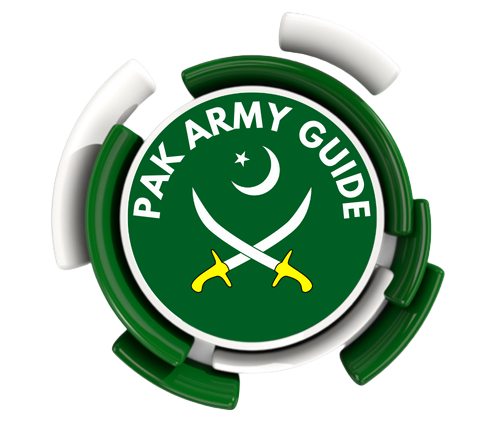
Share your Results:
How to Prepare for the PN Cadet Test?
Preparing for the PN Cadet Test can be made easier with the right resources. We offer two excellent options to help you succeed in PN Cadet Test.
1. PN Cadet Test Preparation Book
PN Cadet Book covers the complete syllabus, including Verbal, Non-Verbal Intelligence Tests and Academic Tests. It is designed to match the exact difficulty level of the PN Cadet Test, helping you focus on the right topics and practice effectively.
Available Now: Order your copy of PN Cadet Book from our online bookstore and start preparing at your own pace!
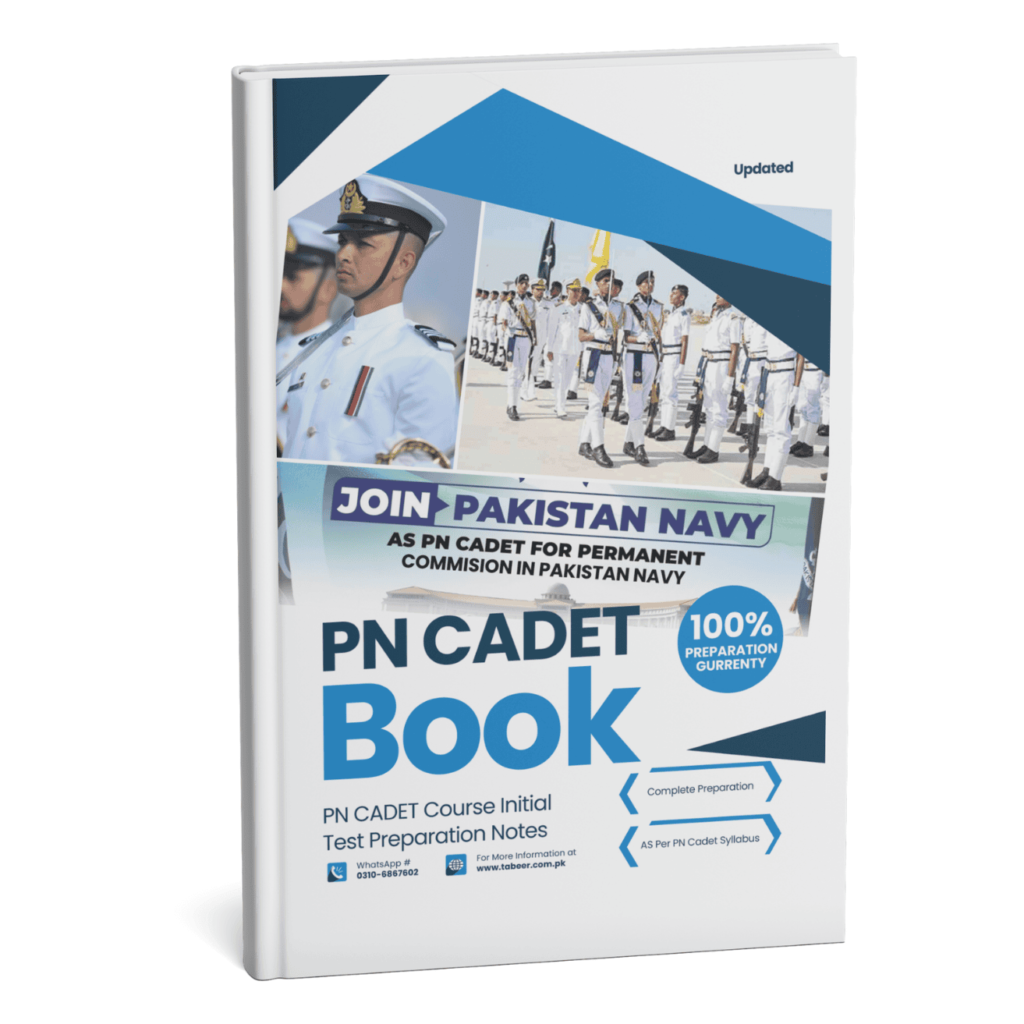
PN Cadet Book
Pn Cadet Test Preparation Book for 100% preparation.
2. Online Test Preparation by Tabeer Academy (Recommended)
Get professional guidance with Tabeer Academy’s paid online preparation course for the PN Cadet Test. This course provides:
- Detailed lectures and notes.
- Practice tests to improve your speed and accuracy.
- Expert tips and strategies to help you ace the test.
Enroll Now: Visit TABEER.COM.PK to join the course and boost your chances of success!
Both options are excellent, but if you want personalized support and a more interactive learning experience, the Tabeer Academy Online Course is highly recommended. Start preparing today and take the first step toward your dream career in the Pakistan Navy!

PN Cadet Course
PN Cadet initial Test preparation course